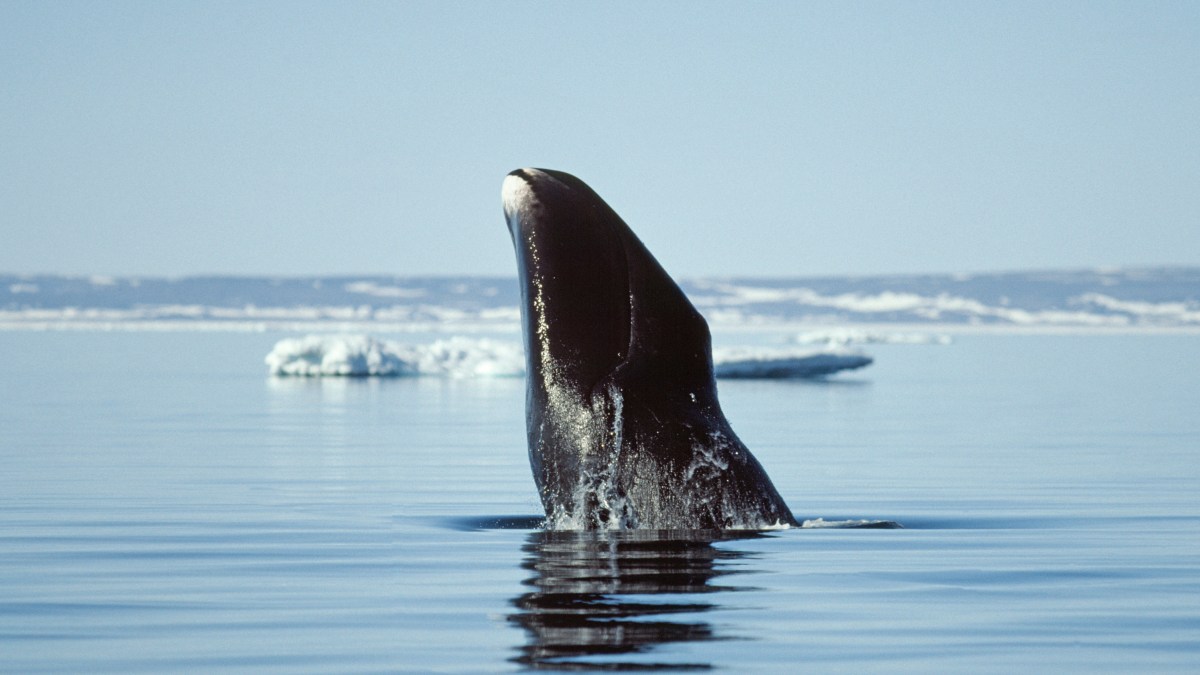- Whale that repairs own DNA may hold secret of far longer life The Times
- Evidence for improved DNA repair in long-lived bowhead whale Nature
- Protein from Arctic whale may unlock new clues for extending human lifespan The Nation (Pakistan )
- Humans…
Whale that repairs own DNA may hold secret of far longer life – The Times
